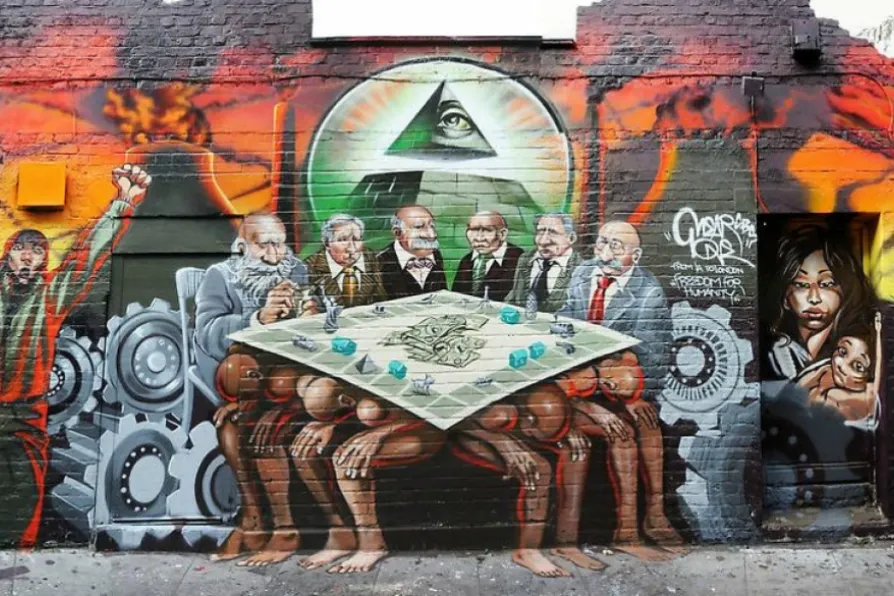Following a fratricidal period for the left with Morales and Arce at loggerheads, right-wing, anti-MAS candidates obtained over 85 per cent of the votes cast in the latest general election, writes FRANCISCO DOMINGUEZ

 Mear One's mural
Mear One's mural
LABOUR is weathering a co-ordinated campaign which combines criticism of Jeremy Corbyn’s policies and persona with an intensified drive to brand any criticism of the murderous policies pursued by Israel’s rulers with anti-semitism.
I was once branded an anti-semite. It was the during the Thatcher/Major years and I was editing the newspaper of the trade union for executive civil servants.
Our cartoonist, the brilliant, award-winning Frank Boyle, drew a series of strips which called out the Tories for their dogma-driven privatisation policies.

Starmer sabotaged Labour with his second referendum campaign, mobilising a liberal backlash that sincerely felt progressive ideals were at stake — but the EU was then and is now an entity Britain should have nothing to do with, explains NICK WRIGHT

Deep disillusionment with the Westminster cross-party consensus means rupture with the status quo is on the cards – bringing not only opportunities but also dangers, says NICK WRIGHT

Holding office in local government is a poisoned chalice for a party that bases its electoral appeal around issues where it has no power whatsoever, argues NICK WRIGHT

From Gaza complicity to welfare cuts chaos, Starmer’s baggage accumulates, and voters will indeed find ‘somewhere else’ to go — to the Greens, nationalists, Lib Dems, Reform UK or a new, working-class left party, writes NICK WRIGHT














